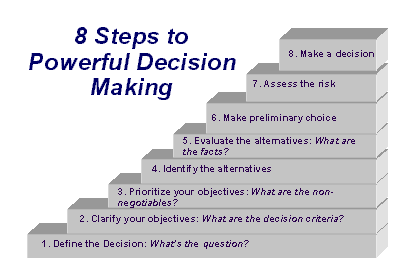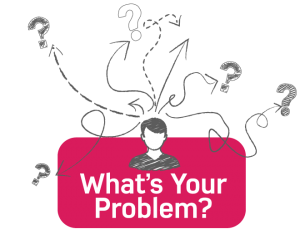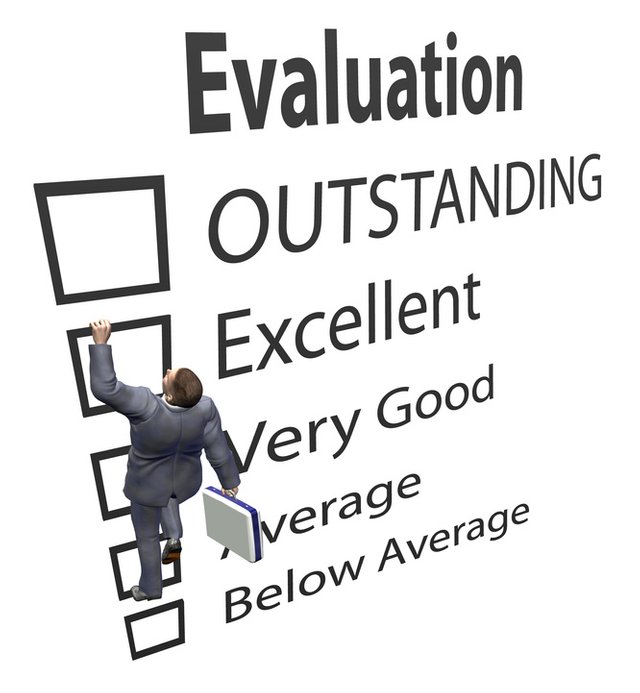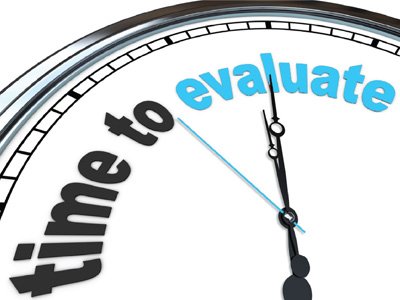8 steps in decision making process
Decision making is a daily activity for any human being. There is no exception about that. When it comes to business organizations, decision making is a habit and a process as well.
Effective and successful decisions make profit to the company and unsuccessful ones make losses. Therefore, corporate decision making process is the most critical process in any organization.
In the decision making process, we choose one course of action from a few possible alternatives. In the process of decision making, we may use many tools, techniques and perceptions.
In addition, we may make our own private decisions or may prefer a collective decision.
Usually, decision making is hard. Majority of corporate decisions involve some level of dissatisfaction or conflict with another party.
Let's have a look at the decision making process in detail.
Eight Step Decision Making Process:
Following a set of guidelines and steps to assist in the Decision making process can help simplify it. Here are eight steps that add structure and simplicity to the Decision making process.
Step 1: Define the Problem
Problem definition is crucial for making a good decision. This step identifies
root causes,
limiting assumptions,
system and organizational boundaries and interfaces, and
any stakeholder issues.
A good problem definition expresses the issue in a clear, one-sentence statement that describes both the initial conditions and the desired conditions. Everybody involved in the decision-making process needs to agree on a written problem definition before proceeding.
Step 2: Information gathering
A problem of an organization will have many stakeholders. In addition, there can be dozens of factors involved and affected by the problem.
In the process of solving the problem, you will have to gather as much as information related to the factors and stakeholders involved in the problem. For the process of information gathering, tools such as 'Check Sheets' can be effectively used.
Step 3: Identify and evaluate alternatives to locating in the base floodplain
or wetland
.
44 CFR 9.9 (b) requires that FEMA “identify and evaluate practicable alternatives to carrying out
a proposed action in floodplains or wetlands, including:
- Alternative sites outside the floodplain or wetland;
Alternative actions which serve essentially the same purpose as the proposed action, but
which have less potential to affect or be affected by the floodplain or wetlands; and
No action. The floodplain and wetland site itself must be a practicable location in light of
the factors set out in this section” (below).
Factors to consider in determining practicable alternatives include:
the natural environment (topography, habitat, hazards, etc.);
- social concerns (aesthetics, historical and cultural values, land patterns, etc.);
economic aspects (cost of space, construction, services and relocation), and
legal constraints (deeds, leases, etc.
).
According to 44 CFR Part 9.9 (b), alternatives considered include:
- No Action Alternative
- No federal funding
. The Town of Blenheim would not
realign the
road
and would provide no other repairs.
- Proposed Action Alternative -
Relocate the facili
ty off slope.
The
No Action Alternative
would not provide Federal funding to
realign Cole Hollow Road and take
the original alignment out of service.
Thus,
the original road would continue to be used, increasing the threat of further erosion at this
location
. The no action
alternative may jeopardize public health,
safety, and well
-being and thus it would not address the project’s purpose and need.
The Proposed Action Alternative
would use eligible Federal funding to realign Cole Hollow off a
steep s
lope that is in danger of failing. Relocating the facility (i.e.,
realigning the road
) would
reduce
future risk
to the subgrantee’s roads and residents
. FEMA determines
that the proposed
project
would
have “no significant impact” to wetlands
because
less t
han 0.1 acre of wetland
would
be affected by new development.
The Subgrantee has reviewed
and dismissed an alternative that would stabilize the existing slope
using sheet pilings. This alternative would be more costly than the proposed altenative and would
have greater impact to natural resources in the vicinity of the site, and was determined to be
impracticable.
Step 4: Brainstorm and analyse the different choices
For this step, brainstorming to list down all the ideas is the best option. Before the idea generation step, it is vital to understand the causes of the problem and prioritization of causes.
For this, you can make use of Cause-and-Effect diagrams and Pareto Chart tool. Cause-and-Effect diagram helps you to identify all possible causes of the problem and Pareto chart helps you to prioritize and identify the causes with highest effect.
Then, you can move on generating all possible solutions (alternatives) for the problem in hand.
Step 5: Define Criteria
It is necessary to define discriminating criteria as objective measures of the goals to measure how well each alternative achieves the project goals. Each criterion should measure something important, and not depend on another criterion. Criteria must discriminate among alternatives in a meaningful way and should be:
Complete – include all goals
Operational – meaningful to the decision maker’s understanding of the implications of the alternatives
Non-redundant – avoid double counting
Few in number – to keep the problem dimensions manageable
Input from the decision-maker(s) is essential to the development of useful criteria. Moreover, the decision-maker’s approval is crucial before the criteria are used to evaluate the alternatives.
Step 6:Select the Best Approach:
Examine each of your possible solutions in turn, with its list of pros and cons, and decide which will be the most effective and beneficial. Try to be as analytical as possible in this stage and try not to let your emotions about the situation cloud your judgment. Keep your long-term goals in mind.
Step 7: Execute the decision
Convert your decision into a plan or a sequence of activities. Execute your plan by yourself or with the help of subordinates.
Step 8:Evaluate and Communicate
Was your decision successful? It’s important to reflect on it for yourself and to seek the opinion of others, once you’ve followed through on your decision. This will give you important information for carrying out other key decisions in your life that you will make in the future. Most decisions affect others in your life or at your workplace. Bring them into the process and clearly communicate your decision and the actions you have effected to bring it about.
When it comes to making decisions, one should always weigh the positive and negative business consequences and should favour the positive outcomes.
This avoids the possible losses to the organization and keeps the company running with a sustained growth. Sometimes, avoiding decision making seems easier; especially, when you get into a lot of confrontation after making the tough decision.
But, making the decisions and accepting its consequences is the only way to stay in control of your corporate life and time.
Contribute to m, I will back your contribution
Best regards
@tamimiqbal











i just noted.. and i think everybody should..
@alchemage has voted on behalf of @minnowpond.
If you would like to recieve upvotes from minnowponds team on all your posts, simply FOLLOW @minnowpond.
Already followed!
best information keep it up
good luck
dont forget me
Never!
Sounds like something you could apply to personal life decisions as well.
thanks for the post.
I am trying my best!
Thanks a lot, buddy!
Great info!
Thank you so much!
Wrote very well bro...
thank you, bro!
Helpful and a large post. Got a lot of time to read. Keep on.
Thanks!
I wanted to make it most informative.That's why!
Great tamim vai.please visit my profile
Obviously!
Check your last post.
Already checked but I didn't any thing
Now?
tamim vai why you are nor follow me?
informative post.. keep doing.
excelent post
Great post
Thanks a lot